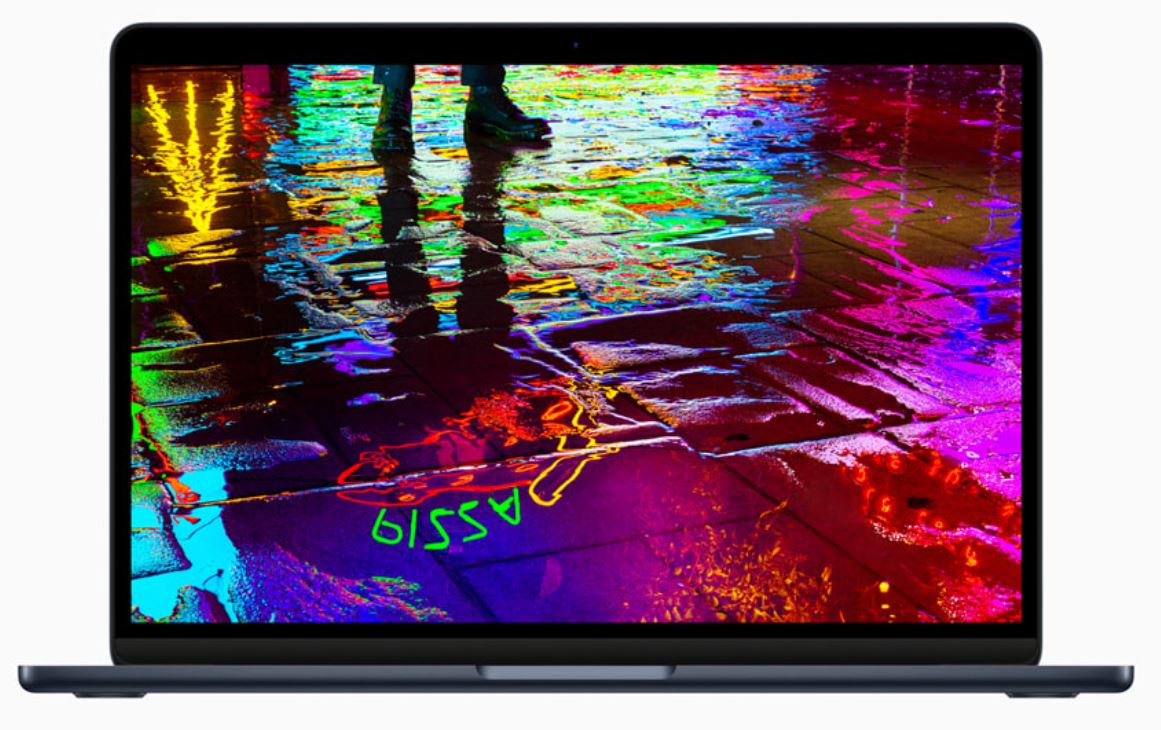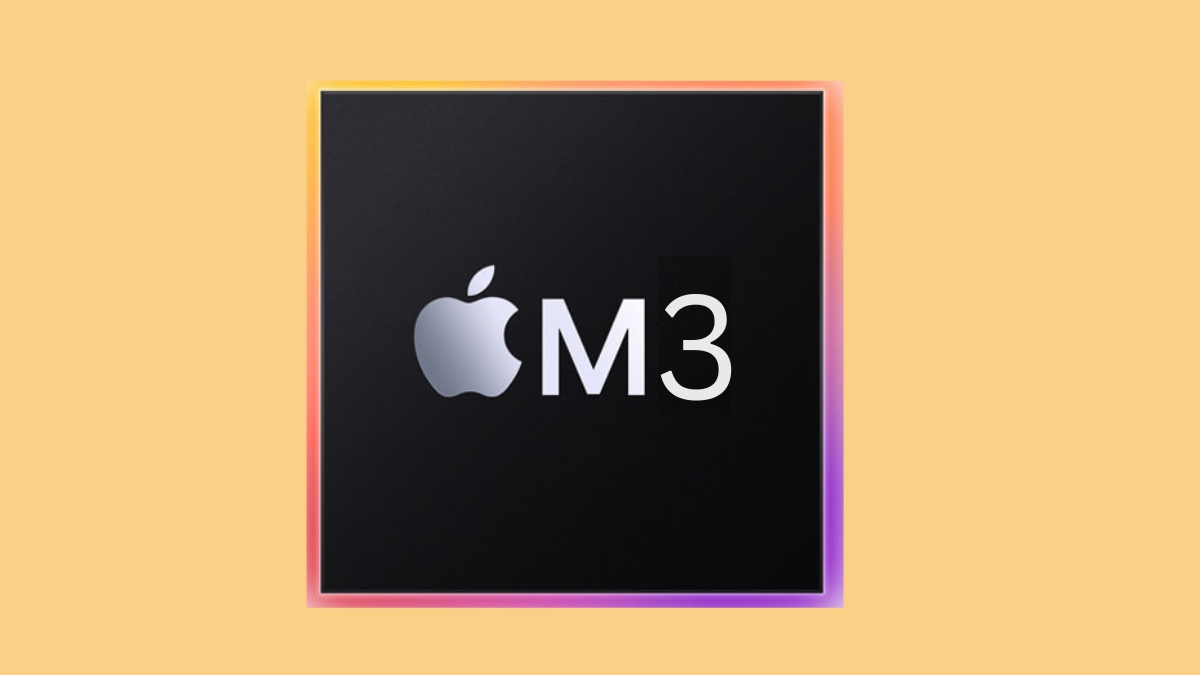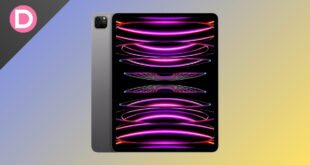In 2020, Apple’s transition to its in-house silicon chips began. Instead of outsourcing the core CPU from Intel and the GPU from AMD, they started making their chips with integrated graphics.
The M1 MacBook Air was the first to have the M1 chip under the hood. At the time, it was significantly ahead of Intel’s counterparts in both performance and efficiency.
Apple also offered a 13-inch MacBook Pro at the time, which was slightly ahead in sustained performance since it had fans, unlike the Air, which had no fans.
Despite that, the Air’s performance was world-class for the price and had a one-day battery life even with prolonged heavy use. MacBook Airs are known for their thin and light form factors. They’re manageable everyday laptops to carry around.
MacBook Airs have excellent build quality and some of the best keyboards and trackpads on any laptop. Apple announced the successor to the M1 Air in 2022, and it was aptly named the M2 MacBook Air.

The M2 chip wasn’t as well received as the M1 since it faced criticism for throttling problems. It could not sustain its peak performance for very long. It’s not so bad that you notice the issues in daily usage, but for people who push the chips, the peak performance was worse than the M1 MacBook Air.
The M2 Air was criticized for having an obstructive notch and slower SSD speeds than the previous generation. Despite these flaws, the M2 Air was still an excellent overall package. That’s what the Air lineup is all about.
Apple has already announced the refreshed Pro MacBook lineup and the Mac Mini. This article will look at the expected specifications of the upcoming M3 MacBook Air.
M3 MacBook Air: Display
Apple reserves its best displays for the Pro lineup of MacBooks. The MacBook Air models have standard LCD panels with relatively high resolutions (~1600P) but are stuck with a standard 60Hz refresh rate.
Apple uses near-4K MiniLED 10-bit 120Hz panels for the MacBook Pro models. Aside from some problems with MiniLED blooming and backlight bleeding, the screens are some of the best on a laptop. It’s not OLED, so there aren’t any concerns about burn-in.
The screen on the M2 MacBook Air is already a pretty good one for the price, coming in with a 10-bit panel, 500 nits of peak brightness, and the P3 wide color gamut.
We don’t have any information to suggest that Apple will move to MiniLED with the M3 MacBook Air. Unfortunately, LCD panels do not offer high contrast ratios and deep blacks, so the notch is very intrusive when viewing content.
For the MacBook Air M3, we can expect minor updates, such as a slight brightness boost, or the panel might remain unchanged from the M2 MacBook Air. OLED is entirely out of the equation, and a slightly worse 60Hz MiniLED screen makes it, but it’s not Apple’s style.
M3 MacBook Air: Design and Build
The current M2 MacBook Air removes the iconic thin, wedge-shaped design in favor of a new, completely flat design. They dropped the bezel size, and there’s a 1080P WebCam up top with an intrusive notch.
Apple made the bezels smaller, and the MacBook has upgraded ports too. Since Apple does not give its products primary design revamps all the time, it’s safe to expect that they’ll stick with the existing design.
We’ll probably see new colors for the latest models, but the MacBooks won’t see anything significantly different in design. We saw the same happen with the MacBook Air models before the M2.
The M1 MacBook Air essentially carries the same design as a 2016 MacBook Air; the only significant difference is a brighter screen and the M1 chip.
The build quality of MacBooks remains industry-leading. Long-lasting keyboards that are comfortable to type on even for a long time, and sturdy hinges.
The glass trackpads, which don’t click down, use haptics to simulate a click. As a result, you won’t have broken trackpads due to overuse.
The overall materials are high-end, and you can open the lid with one finger since the weight balance and distribution are done perfectly. We can expect the M3 MacBook Air to retain all of this, albeit with different sizes.
The MacBook Air M2 is 13.6 inches in size. We will finally see a larger MacBook Air, i.e. 15 inches. The project was in development for a long time, with Steve Jobs having the idea back in 2007.
Reports from famous leaker Mark Gurman say that the next MacBook Air will have a new 15-inch size, and many people are interested in a larger MacBook Air, which is allegedly the saving grace of the lineup.
Is the 15-inch model a MacBook Air?
Apple was supposedly aiming for a 2022 launch, but they’re launching it in 2023 for undisclosed reasons. Apple spent more time on redesigning the MacBook Air instead.
Adding a new size will give more choices for people in the market for a MacBook. According to some display supply chain consultants, Apple is working on a 15-inch MacBook, but there’s a chance that it might not be called the MacBook Air.
Instead, they might call it a new 15-inch MacBook and throw in an M2 Pro chip instead of the M3. It’s probably not as good as the M2 Pro MacBook Pro since it won’t have MiniLED 120Hz.
Apple currently offers nothing between 1400$ and 2000$, which would be an excellent option to fill the gap.
Other analysts say that the upcoming MacBooks will not replace the existing models. Ming-Chi Kuo, another reliable leaker, suggests a new 15-inch MacBook will not ship with the “Air” moniker or have the M3 chip.
If that’s the case, we’ll only see a smaller 13-inch MacBook Air to replace the existing M2 model. Instead of discontinuing the MacBook Air M2, Apple will probably drop the price by a few hundred dollars.
CPU, GPU, and Battery Life
Apple’s new M2 Pro and M2 Max chips still use an advanced version of TSMC’s 5nm processing. This is unusual since Apple’s iPhone 14 Pro/ Max uses TSMC’s 4nm processing for better power efficiency.
However, it’s important to note that packing more transistors into a chip and making them smaller produces more heat.
But since 4nm chips from TSMC are already in mass production, Apple probably ran into a supply chain or contract problems and stuck to 5nm for the M2 Pro and M2 Max.
The M3 chip will use TSMC’s new 3nm fabrication process. The naming convention matches, too, if that’s the case. A 3nm transistor size will enable highly effective communication between parts, and the system will perform hyper-efficiently.

This will significantly improve the battery life and performance of the upcoming M3 MacBook Air. In the GPU department, Apple made clock speed changes from the M1 to the M2.
There’s a chance the GPU for the M3 will have higher clock speeds and better media engines.
A key complaint about the M2 MacBook Air is that it has slower SSDs than the previous generation. It also has a shallow base configuration, starting at only 8GB RAM and 256GB of storage. That won’t fare very well in 2023.
The M3 MacBook might start with higher storage and RAM, but no reports confirm this. Giving the base M3 Air a configuration boost will surely help boost sales.
Apple likes to show this off with vague, abstract graphs versus the competition, which are unrealistic and are just for marketing, but 3nm transistors will help battery life regardless.
What happened to TSMC 3nm?
TSMC recently opened a fab for chip manufacturing in the USA, but it currently does not manufacture its high-end cutting-edge chips. We might see US-produced 3nm chips in the year 2026.
TSMC’s 3nm processing boosts power by 15% while being 30% more efficient. Mass manufacturing for the 3nm chips has already begun, and we might see it for the first time in mainstream products as early as 2023.
Since making chips is a complicated process, TSMC encountered many problems with 3nm chip manufacturing and many setbacks and delays. A huge problem was the yield rate, which can be considered a success rate for chips.
Several steps like lithography (transferring the chip design onto silicon), use of EUV, plasma creation, and lens mirroring result in a final copy onto the Silicon Wafer.
Considering the extreme difficulty and complicated technicalities of 3nm fabrication, it’s no surprise that TSMC is taking this long to perfect it.
Miscellaneous
Many reports claim that the MacBook Air with a 12-inch size is no longer on Apple’s top list of short-term priorities. Earlier reports predict a launch in 2023 or 2024, but we might not see it soon if it’s out of Apple’s current priorities.
We could see a significant advertisement that presents the battery of the M3 Air as next-generation and revolutionary. That might even be the case. The existing MacBooks are already excellent for battery, surpassing nearly everything on the market.
ARM, in which all components are sealed onto one microchip, enables extreme efficiency. 3nm fabrication for the M3 will only make this better.
M3 MacBook Air: What we’d like to see
MiniLED technology made its debut with the iPad Pro in 2021, so it’s probably not too much of an ask to put a slightly inferior version with 60Hz on the MacBook Air models.
The M2 MacBook Air has Dolby Vision, but it’s nearly useless with just 500 Nits of brightness. The use of MiniLED will bring about a much-needed increase in brightness levels.
Another problem with MacBooks is that they only get five years of software updates. That’s just not good enough for the incredible power they pack.
Most people don’t even use the power of the M1 to its full extent. So, they have kept their laptops for several years, and more than five. More support is what we’d like to see.
Another major complaint with the MacBook Air M2 is its slow SSD speeds. Many might not feel the difference in daily use. However, some people use the M2 MacBook Air for file transferring and video editing, which gets annoying.
Instead of cutting costs with slower SSDs, an average consumer should use better ones.
Finally, the notch interrupts the display and is visible daily. It might fade into their peripheral vision for some, but it’s a pointless design choice regardless.
A 1080P webcam with good quality is still possible with no notch and slim bezels; other manufacturers have already achieved this. The notch might be somewhat excused if there was FaceID, but given its absence, it needs to go on the next model.
Finally, the M2 Air was criticized for a smaller heat pipe than the M1 Air. This probably contributed to the heating problems. Apple should make heat management a top priority for the M3 MacBook Air.
When can we expect the Macbook Air M3 to be released?
- The 15-inch M3 Macbook Air will likely be released in October 2023.
Apple usually holds an October event every year, with some years being an exception (There was no October event in 2022). In 2021’s October event, Apple launched the new Macbook Pro series. So, announcing the M3 Macbook Air at the October 2023 event makes sense. This isn’t a confirmed time. We might also see a launch in early 2024.
It should be noted a M2 powered 15-inch MacBook Air is reportedly on the way. As per display industry analysts Ross Young, it could launch as early as April 2023.
Price Prediction
The M3 MacBook Air might start at 1199$ in the US, the same as the M2 MacBook Air. If there’s a smaller model, it could drop to 1099$ or 999$. This is pure speculation, and there aren’t any credible sources for price at the time of writing.
Note: We’ll update this article with the latest news about the M3 MacBook Air.



